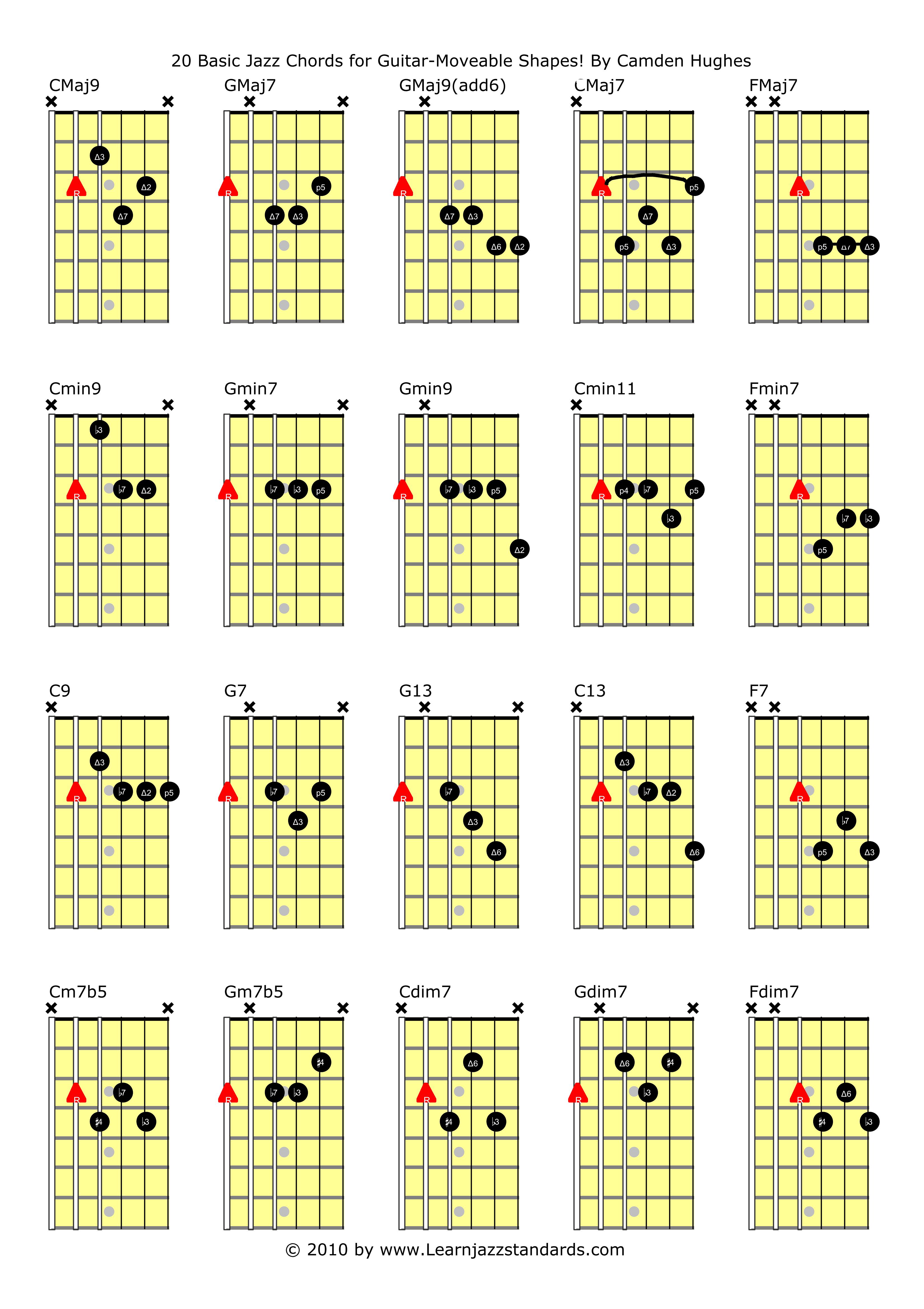
When playing chord piano, you can use, for example, a "Fakebook." I use this Easy Fake Book with my students, which is a great way to learn to play chords and melody following a lead sheet.Ī lead sheet has only the melody written with notes (or only lyrics), and above it, the chords are written as chord symbols, like Cmaj7, Eb dim., or Bm, for example. Finally, sing or hum the melody of the piece you picked, playing the chords at the right words! How To Play Chord Piano.Then, practice the chords in the order of the song until fluent.Next, write those chord names on a piece of paper and practice only the different chords until you know them well.Study the piano chords chart and learn the patterns (how they look) of the chords you'll be using.Highlight the different chords that are used- it might seem like there are a lot, but usually, there are only a few chords or a specific chord progression.Tip: You can also use anything written for guitar with chord tabs since the chord names for piano are the same. First, pick a piece with chord markings and melody, or just lyrics and chords.Tip: A chord book is a useful tool when you start learning about chords. This is a 7th chord in the "root" position: Starting from the root (red), the third (blue), the fifth (green), and the seventh (yellow). It has a root, a third, a fifth, and a seventh. The Augmented Triad is built from only major thirds it also has an "unresolved" sound.For example, it is written: D dim (Root=D, diminished chord). That is why it is often referred to as a Dominant 7th chord with no root.

This gives the chord a sound like it really wants to go somewhere, to be resolved somehow. The Diminished Triad is made from only minor thirds.It is written for ex.: Am (Root=A, minor chord). This gives the sound of "minor" a more "sad," "darker" sound. The Minor Triad is built with a minor third and, on top, a major third.It is written for ex.: E (Root=E, major chord). The Major Triad (a three-note chord) is made of a major third and, on top, a minor third this creates the specific sound of "major" a "happier," "lighter" sound.If you are feeling brave, you can also try hearing extensions such as 9ths, 11ths, and 13ths. If you can hear a triad in there, adding the 7th is only a step away. Learn to hear 7th chords – Add to those triads by being able to pick out the type of 7th chord you are hearing. You should know right away if a triad sounds major, minor, diminished, or augmented.

Learn to hear chord qualities – Start with triads. There are many apps and websites available with free ear trainers. You should be able to recognize any interval immediately. Learn to hear intervals – This should be one of your first steps in the ear training process. Fake books are okay in the meantime, but do make an effort to develop your ear! The best versions to learn from are usually the earlier recordings as the more modern ones tend to take liberties with the melody and harmony. It’s understandable because these writers were picking a lot of this stuff up by ear from dodgy recordings. The reason for this is because a lot of these old fake books have TONS of errors. If you have the ability, the best way to learn tunes is to use your ear to figure out melody + chords for a given tune.

Get an idea of how different players have approached the tune over the years. When learning jazz guitar standards, the first step is to listen to recordings of the tune.


 0 kommentar(er)
0 kommentar(er)
